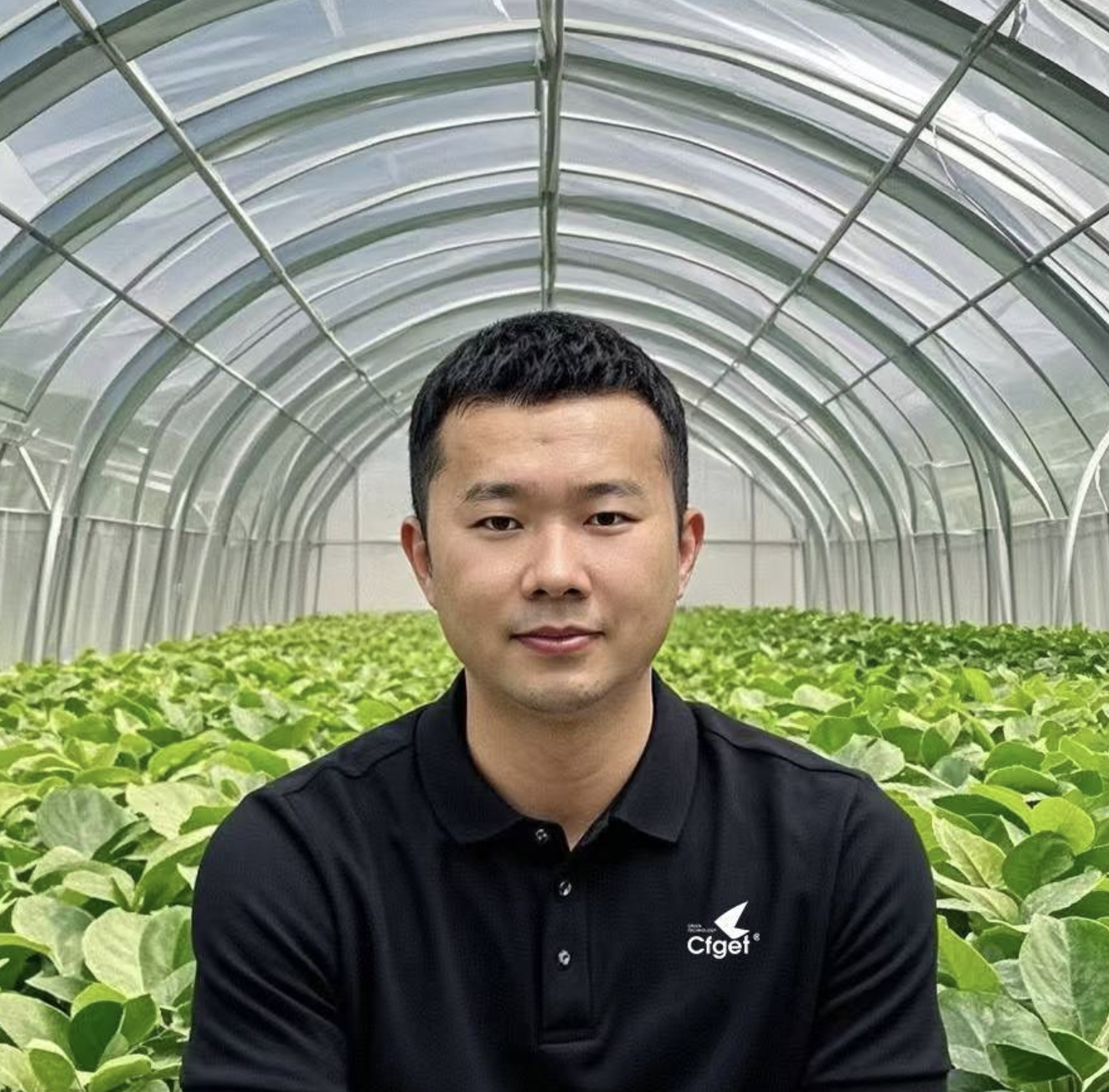As an experienced greenhouse engineer, I often get asked: “Why do my greenhouse plants always struggle?” The reasons for greenhouse cultivation failures are often hidden in the details. Today, let’s uncover the 7 major “killers” of greenhouse cultivation and help you create a thriving plant kingdom!
I’ve identified the following 7 factors that can lead to greenhouse cultivation failures:
● Insufficient Light
● Temperature Imbalance
● Humidity Issues
● Nutrient Deficiency
● Pest and Disease Infestation
● Root Problems
● Inappropriate Plant Selection
Let’s analyze each of these factors and find the corresponding solutions.


Insufficient Light
Light is the energy source for photosynthesis. If the light intensity in the greenhouse is too low or the duration is too short, plants cannot grow properly and may even wither. To address this, we can supplement natural light with artificial light sources, improve the greenhouse structure to ensure better light transmission, and choose shade-tolerant plant varieties.
Temperature Imbalance
Each plant has its optimal temperature range for growth. If the temperature in the greenhouse is too high or too low, it will affect plant growth. Imagine being in a high or low-temperature environment constantly; it would be uncomfortable. First, understand the suitable temperature range for your crops. Based on this, we can use the greenhouse’s temperature control system to regulate and maintain the internal temperature.
Humidity Issues
Plants need a certain humidity level for growth. High humidity can lead to diseases, while low humidity can cause water loss. Humidity is like the “breath” of plants; too much or too little can affect their health. We need to use the greenhouse’s humidity control and monitoring system to maintain a balanced humidity level.
Nutrient Deficiency
Plants require different nutrients at various growth stages. If the soil or nutrient solution lacks essential elements, plants will grow poorly. Regularly monitoring the nutrient content in the soil or nutrient solution and fertilizing accordingly is crucial. We also have specialized fertigation systems to address this issue. Using a fertigation system can help save operational costs, especially for large-scale cultivation.


Pest and Disease Infestation
High humidity in the greenhouse can promote the growth of pathogens, leading to pest and disease outbreaks. Additionally, pathogens can be introduced from outside. To prevent this, we need to regularly disinfect the greenhouse, enhance ventilation, and adjust humidity levels. Implementing biological, physical, and chemical control measures can also help.
Root Problems
The permeability of the soil affects root health. If the roots are compromised, their ability to absorb water and nutrients decreases, slowing plant growth or even causing death. Choose well-draining soil and regularly loosen it. If the soil becomes compacted or too salty, replace it promptly.
Inappropriate Plant Selection
Not all crops are suitable for greenhouse cultivation. When deciding to invest in a greenhouse, consult professionals like horticulturists or agricultural technicians.
Overall, greenhouse cultivation is both a science and an art. By understanding plant growth habits and combining advanced greenhouse technology, you can create a high-yield, efficient greenhouse. Our team can provide professional greenhouse design, installation, and maintenance services to help you build your own plant kingdom.

Post time: Sep-06-2024






 Click to Chat
Click to Chat